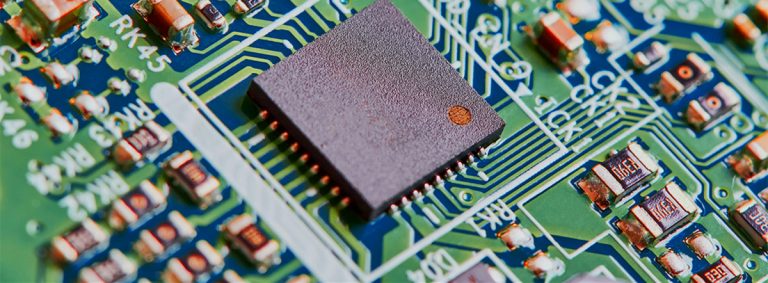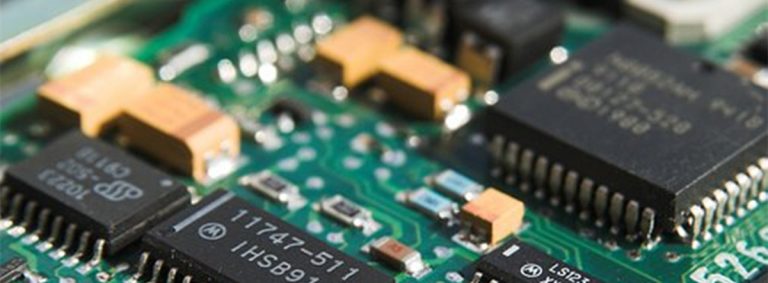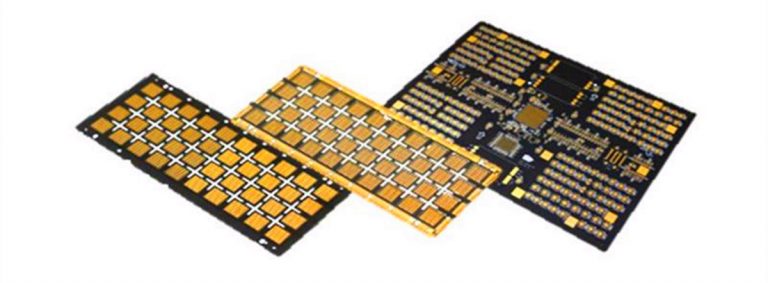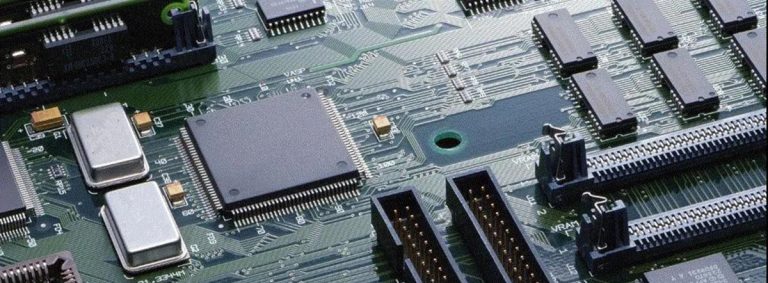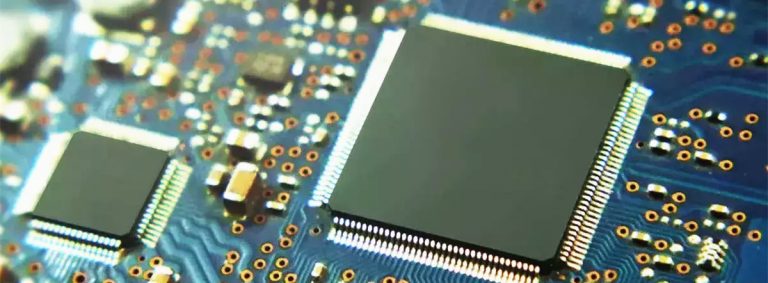What are the Precautions for Processing IC Patches in SMT Patch Proofing?

In SMT patch proofing, some orders require only a small number of orders, such as one or two pieces or two or three pieces, and do not need to be sampled on the machine. This may be an SMT patch-proofing processing method of manual placement. IC is the English abbreviation of Integrated Circuit (Integrated Circuit). The industry generally classifies its types by IC packaging. Traditional ICs include SOP, SOJ, QFP, PLCC, etc., and newer ICs include BGA, CSP, FLIP CHIP, etc. Etc., these types of parts show a variety of shapes due to the different sizes of their PIN (part feet) and the distance between PIN and PIN.
The packaging form of SMD components is a form of packaging of semiconductor devices. SMT involves a wide variety of parts and styles. Many of them have formed industry-wide standards, mainly chip capacitors, resistors, etc.; many of them are still undergoing constant changes, especially IC parts, and their packaging. The changes in form are endless and dizzying.
In the processing and production of hand stickers, the difficulty of IC placement is relatively large. After all, ICs generally have a large number of pins. This requires our SMT patch processors to treat them patiently and strictly follow the processing requirements. Only by operation can you get products that are comparable to the quality of machine stickers. There are many points to pay attention to in the hand soldering of integrated circuits. For example, due to the high degree of internal integration, it is easily damaged by excessive heat. Generally speaking, the temperature of the IC for SMT patch-proofing cannot be higher than 200°C.
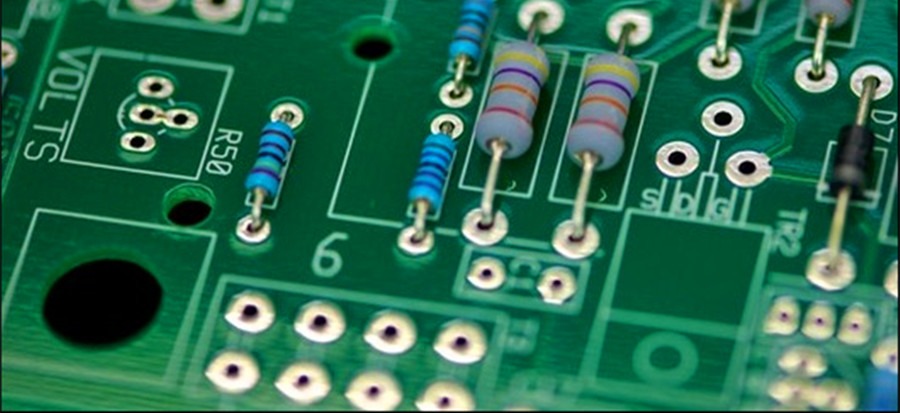
FINEST PCB shares some common precautions for processing IC patches for SMT patch proofing.
1. The welding time should be as short as possible, generally no more than 3s.
2. The soldering iron used is preferably a soldering iron with a constant temperature of 230 degrees.
3. The workbench for SMT patch proofing should be treated with anti-static treatment.
Fourth, choose some sharp and narrow soldering iron tips, which will not touch the adjacent endpoints when soldering.
5. Do not remove the pre-set short-circuit wire before soldering the CMOS circuit during SMT patch processing.
6. Don’t scrape the gold-plated circuit pins with a knife, just wipe them with alcohol or use a drawing eraser to clean them.
FinestPCB one-stop PCBA manufacturing platform, R&D model/small batch, SMT patch, PCB proofing, DIP welding processing, PCB board manufacturing, full set of purchase of electronic components, partial purchase, one-stop PCBA manufacturing service.


